YouTube is working harder to stop people from using ad blockers, and it is now concentrating on third-party programs that could cause issues with advertisements. To enjoy an ad-free experience, the objective is to persuade more people to subscribe to YouTube Premium.
YouTube’s ad income has recovered from an early decline, and as of February 2024, the platform will have over 100 million paying members, marking a major milestone.
The rise in paying members has aided Google, the parent firm of YouTube, in earning over $15 billion a year from its subscription services, which include YouTube Premium.
In the fast-paced field of digital content consumption, we see the user experience and content monetization as the theatre of their major opponents. YouTube recently stated that it would discontinue all programs that allow the removal of ads, content creators, and viewers get into a life-changing decision. Allow us to take an in-depth look at what this process means for different categories of people, including the stakeholders.
YouTube’s Policies and Enforcement Means:
YouTube’s stance is clear: sustainable attracting platform where both creators can earn and users can remain engaged free content is a necessity.
The latest decisions by the platform to block or restrict ad-blocking apps only further validate its growing resolve to safeguard the earnings of the millions of content developers.
These policy amendments are designed to maintain a delicate balance between user enjoyment and a more fiscally sound content environment.
The Impact on Content Creators:
Content creators ranging from huge names like PewDiePie to small-sized groups with specific interests are experiencing a shortage of income.
Ad income is not only the fundamental source of their creativity but also an institution that can fortify the diversity of content that YouTube is famed for.
The recent growth of ad-blockers poses a threat to the delicate balance between ad views and the financial support given to the creators. In particular, small niche creators working hard to stand out in a crowd have to overcome the extra hindrances of monetizing their content properly.

Background and Context:
YouTube and ad-blocking apps have gone up against each other many a time, but with the latest regulatory actions their problematic dynamic is back on the agenda. Ad-blockers have become more popular, mainly because they are capable of providing a smooth flow without any interruption.
Nevertheless, it is an extremely high price paid by the ecosystem which strives for revenues based on ads.
Technical Details and Workarounds:
The loop of YouTube and ad-blocker developers resembles a cat-and-mouse game that keeps taking shape as they each try to surprise each other. Although YouTube aims to upgrade its ad detection tool, the developers of ad-blocking apps search for new routes around the regulations. This technological arms race along with this complexity makes among others questions about the economic viability of the ad-based revenue model.
User Perspectives and Ethical Questions:
There is hardly an ethical aspect of the debate around ad blockers. On the other hand, users are demanding unnoticeable and uninterrupted viewing hours. However, it becomes more obvious that making video content is time-consuming and resource-intensive. The conversation extends beyond the technical realm into the ethics of content consumption in the digital age.

Future Trends and Solutions:
The ongoing clash between YouTube and ad-blockers hints at a larger question – is there a sustainable path forward for ad-supported content platforms? Possible answers lie in innovative monetization strategies that accommodate both creator revenue and user experience. This could include a mix of subscription models, microtransactions, or even blockchain-powered solutions that offer a transparent and equitable content economy.
Moving Forward:
The YouTube-Ad Blocker crisis case study reveals how all digital content platforms, in general, are struggling with deeper issues. When the nature of work is changing, the parties involved need to hold sensible talks and develop novel options based on the interests of both creators and consumers
For content creators, making them aware of the policy changes and adjusting the monetization method accordingly is going to be important to handle this volatile environment.
On the other hand, one question that may arise is, that do the viewers need to reconsider the side effects of ad-blocking on the content they love. The path ahead is difficult, but that’s what enables us to reshape how digital content is perceived.
By creating common ground and new monetization ways, there are chances to see an ecosystem that is built on creativity, immersion, and fairness.
The YouTube vs. ad-blockers fight goes beyond a technical issue and refers to a model that proves to be sustainable during the digital age and at the same time honors the efforts made by content creators and is positive and satisfactory for users.
Participating in this dialogue involves being the foundation of a future that will feature a stronger and adaptable content ecosystem.
LATEST ON DEVICE INSIDERS
With each year, Apple manages to bring subtle yet effective improvements to its iPhone lineup, keeping tech enthusiasts across the […]
OpenAI has just launched Hyperoldvoice to its premium customers who are enrolled in the Early Access… TNT is an innovative […]
Today’s gaming industry has greatly developed, particularly with use of portable devices in playing games. The Razer Kishi Ultra is […]
The Nubia Z60 Ultra has not taken much time to make a mark on the tech geeks, especially because of […]
The ROG Ally X is Asus’ second-generation handheld gaming console, designed using the blueprint of its first-generation model. The upgrades […]
The Asus series – Asus ProArt PX13 – a perfect example of what a modern creator’s ultrabook should be: powerful, […]








